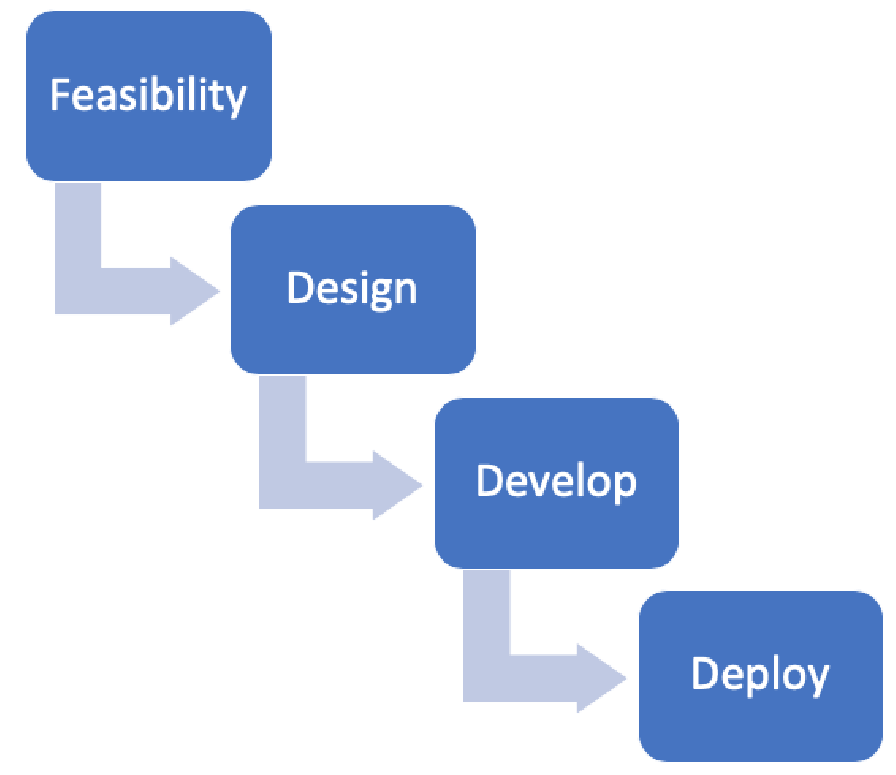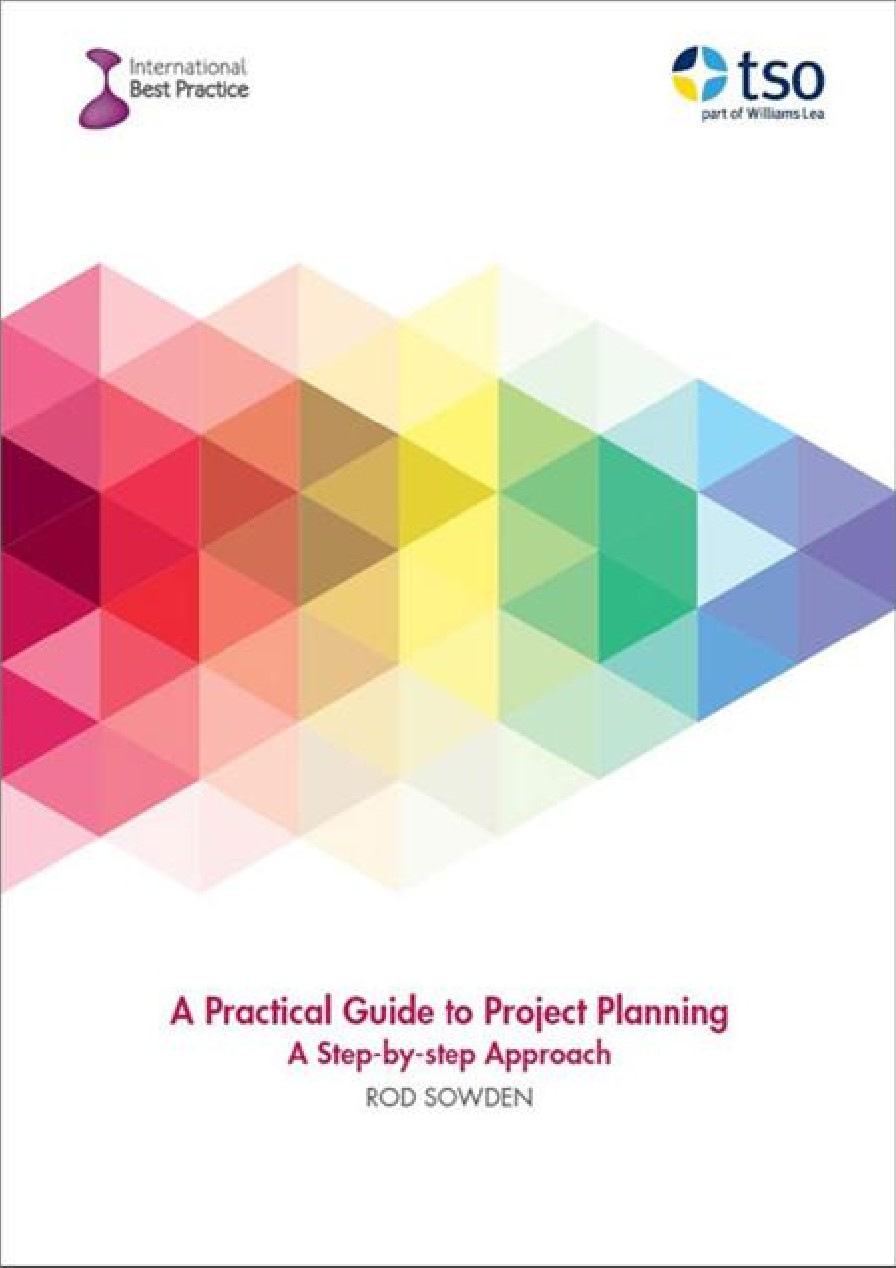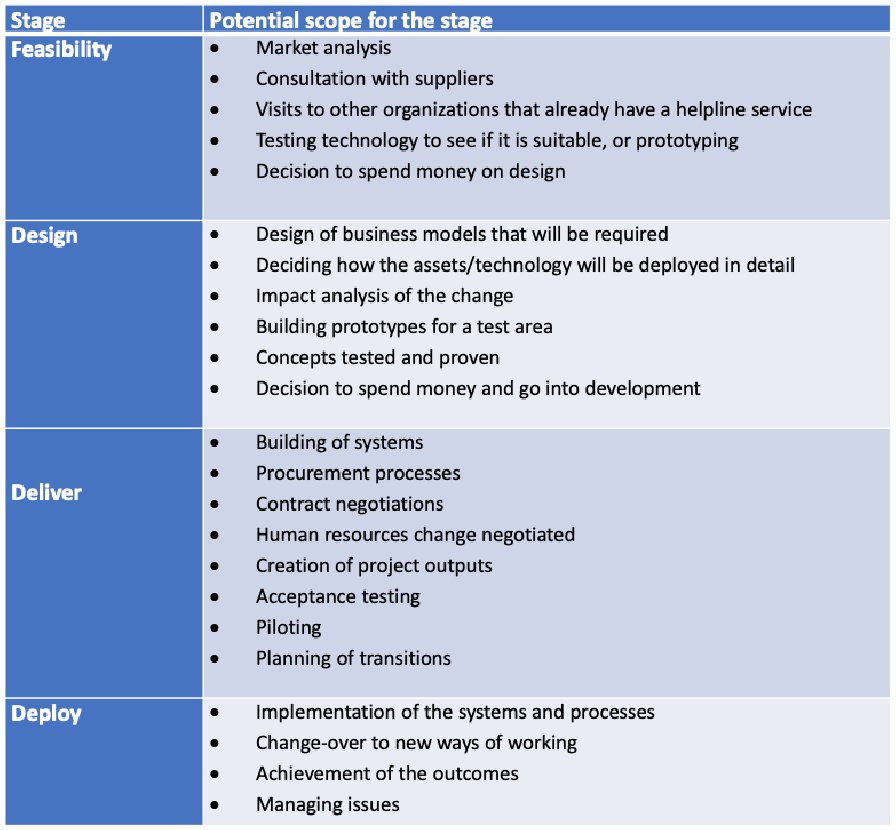eLearning Log in
Login here using your username and password
How do I define project stages?
Introduction
Management stages are the major project board-level control points within the project. Their principal purpose is to stop the project running out of control. Within the organization project lifecycle there are a number of control gates that the project will pass through; these may, or may not, align with the project’s technical phases (e.g. software development or construction).
At the end of each management stage, the project should be reviewed for viability before proceeding. This review is normally under the remit of the project board, with advice from the project management office/centre of excellence.
The management stages for an organization specifically relate to the 'Delivering the Plan' stage of the lifecycle, and are specific to the project. Projects of different sizes and risk will need different stages. As a rule, the higher the risk the more frequent the stages.
Project management best practice tends to focus on four generic stages that a project will use, and these apply, to a greater or lesser extent, to the majority of projects. Different methods use different terms, but the Association for Project Management (APM) suggests the following stages
- Feasibility or concept – can we achieve it?
- Design – create a design
- Develop or build – create or assemble it
- Deploy – transition into service.


This extract has been reproduced with permission from A Practical Guide to Project Planning, TSO 2016. If you’d like to read more you can purchase the copy of the book here.
Technique
Stages are the strategic control points of the project. At the end of each stage, something tangible should be delivered and a decision should be made on whether to proceed. The end of a stage is likely to link to a significant milestone, achievement or major risk being faced. When defining stages and setting control points it is helpful to consider:
- Focusing resources and activities into a specific type of activity
- Availability of funds and spending them to most effect
- Availability of specific resources
- Maintaining control of direction and stop/go decisions
- Alignment with the proximity of a risk being realized
- Recognizing a point of achievement
- Alignment with a corporate decision or anticipated change
- Alignment with the end of tranche of a programme.
Reviewing the sequencing (see section 3.3) will normally identify major milestones or significant events where stages could be inserted.
Example
In general terms, projects go through a relatively consistent lifecycle. Table 4.5 gives the stages for the helpline example and these should be considered when designing your own plan.
Note that a feasibility project is often separate from the implementation project. By its very nature a feasibility project explores a number of business options and approaches to identify a number of alternative business cases. If, and only if, a single option and approach is identified can we plan for implementation. So, feasibility is often considered as part of an extended lifecycle.
Operations is often shown in the extended lifecycle. It is here that changes may be implemented as post-project tasks – or as separate projects.
Lifecycle stages in setting up a helpline service

